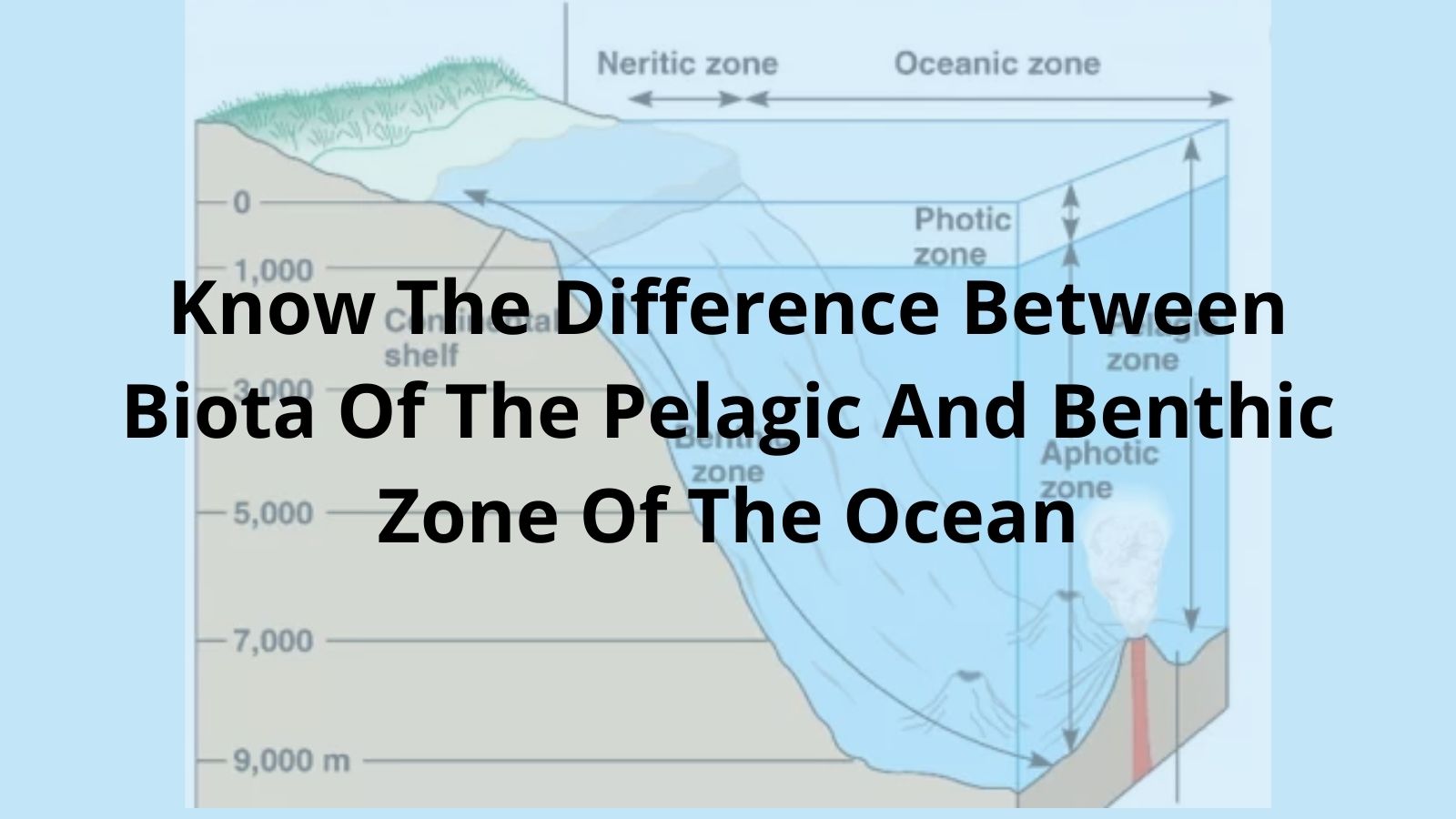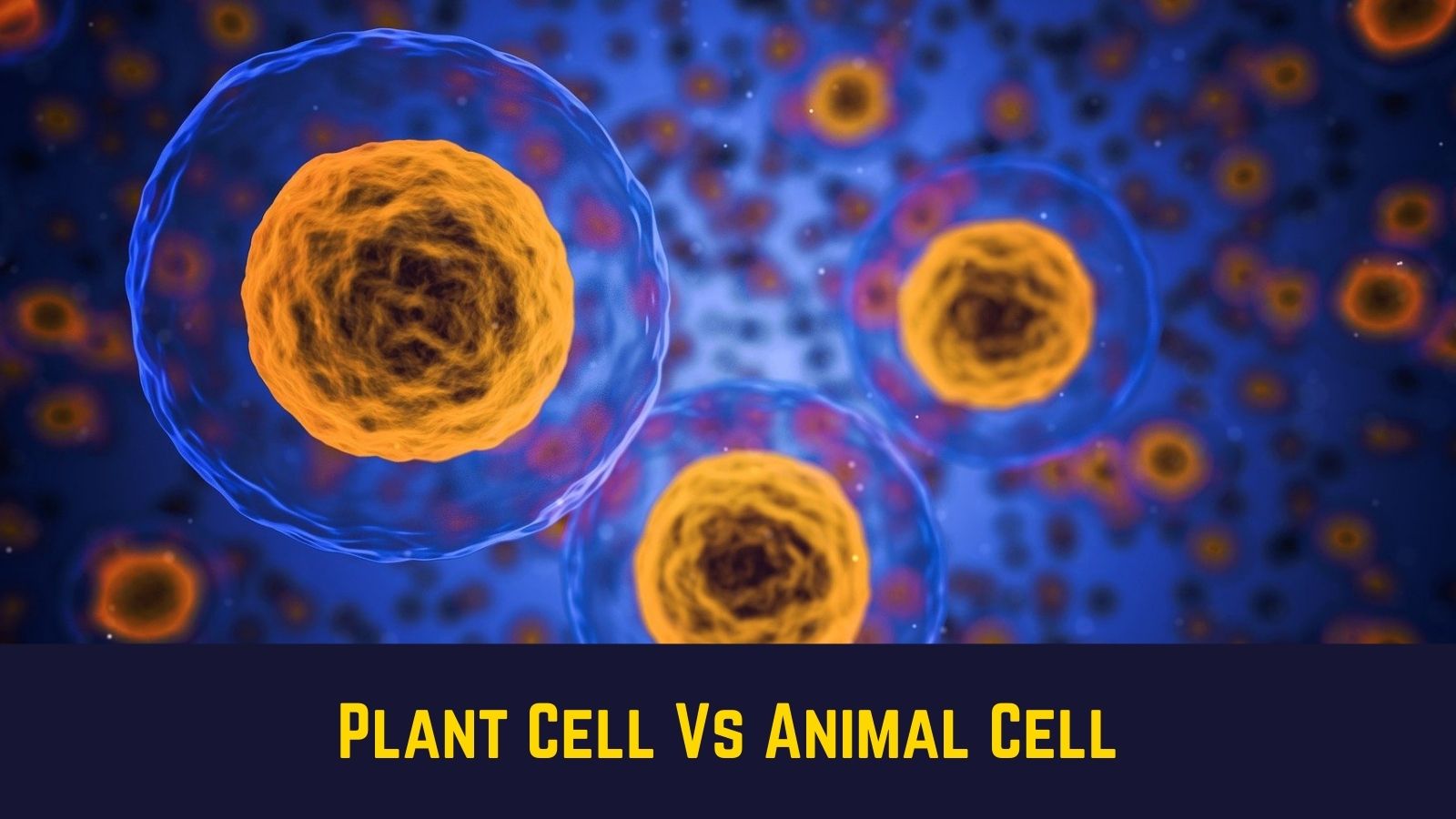
Imagine holding a sponge in your hand. It's light, a bit squishy, and filled with tiny holes. When you pour water over it, the sponge soaks it up and stores the water inside those holes. That’s porosity.
We think of porosity in relation to sponges and soil; this idea is far more significant than it first appears. Porosity is a key factor in the behavior of materials. This blog is your beginner-friendly guide to porosity: what it is, its various types, and why it's so vital in the real world.
What Is Porosity?
Let’s start with the basics. Porosity is a measure of how much empty, open space is present inside a material. These tiny spaces or "pores" might be filled with air, water, or other fluids. It is expressed as a percentage of how much of the material’s volume is void space. Anything that has some space inside of it is considered porous, and this property is measured as porosity. It is measured on a scale ranging from zero to one hundred
So, if a rock is 30% porous, that means 30% of its volume is made up of tiny pores or holes, while the remaining 70% is solid material.
Everyday Examples of Porosity
- Sponge: It absorbs water due to its highly porous structure.
- Soil: Soil porosity helps us to determine how much water plants can absorb.
- Concrete: It tells us about the strength and durability of a building. For Example, too many pores can make it weak.
- Skin: Yes, human skin has pores too, which allow sweat and oils to come through.
How is Porosity Measured?
Porosity is calculated using a simple formula:
Porosity (%) = (Volume of Voids / Total Volume) × 100
Let’s say you have a soil sample with a total volume of 100 cubic centimeters, and 40 cubic centimeters of that is empty space. That means the soil has a porosity of 40%.
What Are The Four Types Of Porosity?
Porosity is categorized into four types.
- Micro porosity
- Fracture porosity
- Intergranular (Primary)
- Dissolution fracture (secondary)
Micro porosity: Microporosity means the pores are extremely tiny—smaller than one micron. That’s tinier than a speck of dust. You can’t see them with your eyes, and even a 50x microscope won’t help much. Water is a good example to understand this. Its molecules are packed so closely that they can’t pass through these small pores. That’s why it’s called capillary-bound water. The water gets trapped because the spaces are just too tight. Microporosity may be invisible, but it still has a big impact on how materials hold and move water.
Intergranular porosity: Intergranular porosity happens between the grains of a material. Think of tiny sand particles pressed together. The spaces between them? That’s intergranular porosity. These gaps are where fluids like water or oil can move or stay. It’s usually found in loose or well-sorted materials like sandstone. The more space between the grains, the higher the porosity. But if the grains get tightly packed or filled with something else, the porosity drops. It’s like having tiny tunnels between rocks. Those tunnels make it easier for fluids to flow.
Fracture Porosity: This is referred to as secondary porosity. The cause is the tectonic fracturing of rocks. Although they generally have limited volume, these fractures connect with existing pores, which enhances permeability within the robust structure. The confined opening of the fracture, often called the mechanical aperture, is termed permeability. Consequently, this type of rough fracture creates challenges for liquid flow.
Dissolution fracture porosity: Dissolution fracture porosity forms when minerals in rocks start to dissolve. This creates cracks or gaps in the rock. In places like Cape Rocks, these fractures are common. They form because the minerals in the rock are different from each other. That difference helps the cracks grow over time. Sometimes, we cause this on purpose. How? By drilling into carbonate rocks to get shale gas. This process is called hydraulic fracturing or fracking. Water or other fluids are injected to open up the rock. That creates more space for gas to escape. These man-made or natural fractures increase porosity. More cracks mean more room for fluids or gas to move.
What Is Total Porosity?
It is the entire amount of space in a rock construction. However, measuring the volume of space in the rock is not feasible. The rock body's pores can be sealed by the engineers' method of drying the rock. Engineers typically discover that when the rocks are dried, the oven-dried rocks are higher than the humidity-dried rocks.
Use case: Geologists often look at total porosity to understand how much fluid a rock can potentially hold.
What Is Effective Porosity?
This refers only to connected pores—spaces that allow fluids like water, oil, or gas to move through the material.
- Imagine a network of tunnels vs. a bunch of sealed bubbles. Only the tunnels allow movement.
- In construction or oil exploration, this is more important than total porosity because it tells us how much fluid can actually flow.
Use case: Engineers use effective porosity to design water filtration systems or plan oil extraction.
Importance of Porosity in Construction
You might be wondering—why should civil engineers care about how porous something is?
Because porosity can make or break a building’s performance.
1. Concrete Durability
High porosity in concrete allows water and air to seep in. Over time, this can cause:
- Cracks due to freeze-thaw cycles
- Rusting of internal steel reinforcements
- Weakened structural integrity
That’s why construction professionals aim for low porosity in building materials like concrete, bricks, and mortar.
2. Soil Stability
If the soil under a structure has high porosity and poor drainage, it can lead to:
- Soil erosion
- Foundation settling
- Even landslides in extreme cases
Engineers study soil porosity before constructing roads, bridges, and buildings to make sure the ground can support the load.
Uses of Porosity Across Fields
Porosity isn’t just important in construction. It has a wide range of applications across different fields:
Agriculture
Porous soils are better at holding water and air—both essential for plant roots. Farmers prefer loamy soils with a balanced porosity for crop health.
Oil and Gas Industry
Rocks that have high effective porosity and permeability are ideal for extracting oil and gas. Petroleum engineers map subsurface rock layers based on porosity data.
Water Filtration
Materials with specific porosity levels are used to filter out impurities. Filters made from sand, ceramic, or activated carbon rely on controlled pore sizes to trap particles.
Medical Field
Porous materials are used in bone implants to allow cells to grow into them, making them more compatible with the human body.
Geology and Environmental Science
Porosity data helps in studying groundwater movement, predicting landslides, and understanding how contaminants move through soil.
We hope this guide gave you a clear and comprehensive understanding of porosity. If you're finding any other topics tricky or confusing, don’t hesitate to reach out. We’re always here to help simplify things for you.
And hey, if you're swamped with assignments or just need a little extra support, don’t hesitate to reach out to our assignment help Australia service. We’ve got your back. Just get in touch with us, and we'll take it from there.
Happy learning, and keep exploring!









Loved reading this Blog? Share your valuable thoughts in the comment section.
Add comment